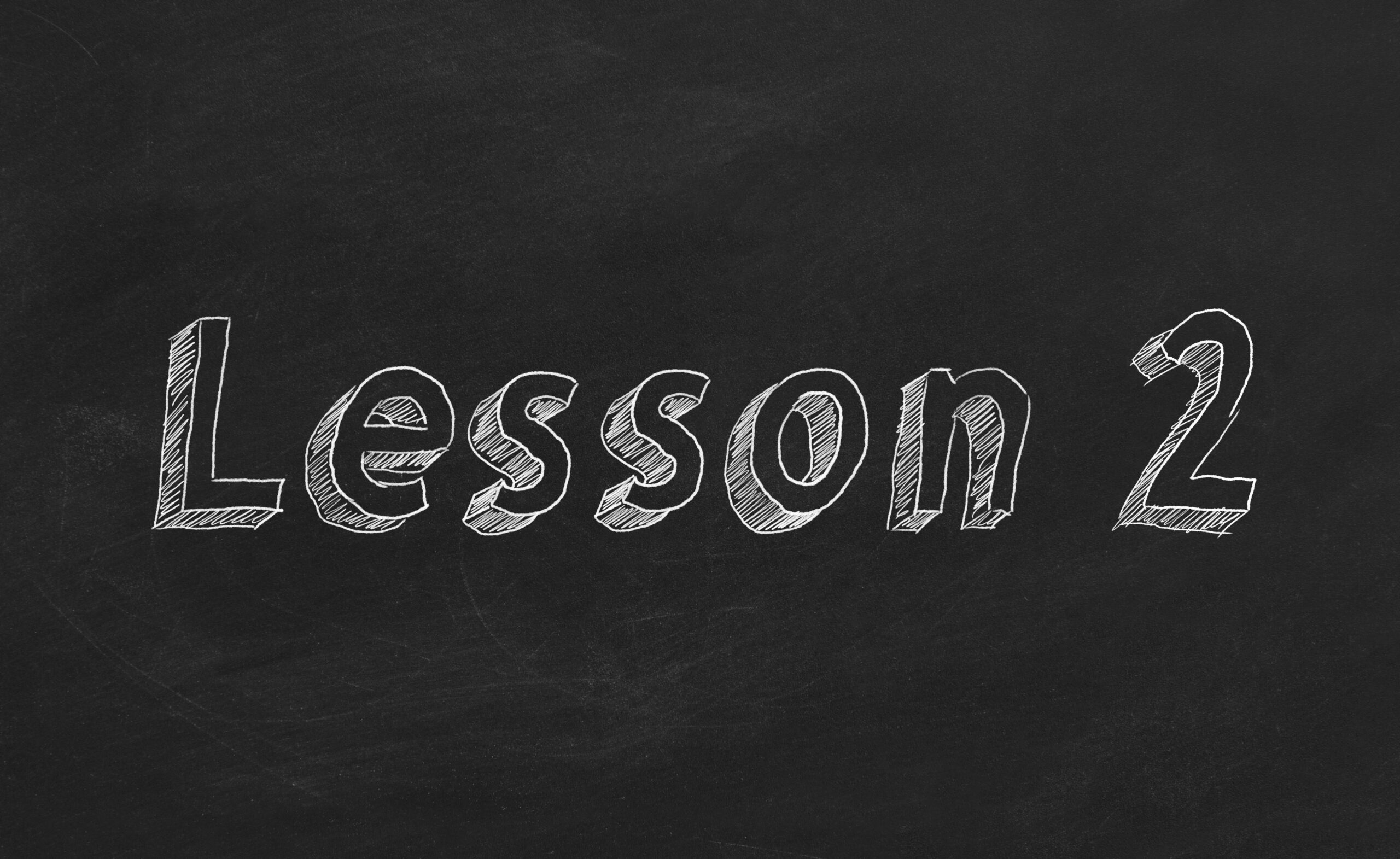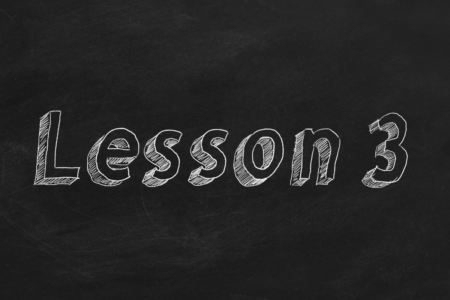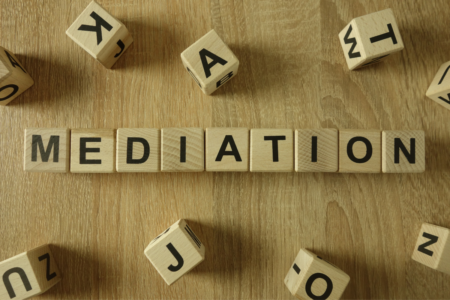A Client’s Introduction to Mediation
Chapter Two: Why Do So Many Cases Settle and So Few Go to Trial?
Approximately 75% of cases filed in the United States are resolved by settlement while only approximately 5% go to trial. The remaining 20% are dismissed by the judge prior to trial. Mediation dominates trial as the preferred method for resolving legal disputes for seven reasons described by Retired U.S. Magistrate Judge Morton Denlow as the “Seven Cs of Settlement.”
- Client Control Over Outcome. At mediation, the outcome is determined by the parties who lived through the events at issue and the attorneys they hired to investigate the facts and understand the law. At trial, in contrast, a judge or jury of twelve strangers decides who is right and wrong based on a few days’ worth of testimony and argument. Who is more capable of deciding the outcome? The answer seems obvious.
- Cost Containment. Taking a case all the way through to trial and any appeal is tremendously expensive. This is true even for a plaintiff being represented under a contingency fee agreement because attorneys often get a larger percentage of the recovery if the case goes to trial, and costs such as expert witness fees and travel expenses are paid out of the client’s portion of the recovery. Settlement saves a lot of money for everyone.
- Certainty of Outcome. A settlement leaves nothing to chance, as the terms will be exactly what the parties agree. Continued litigation, on the other hand, is full of risks and uncertainties for all parties.
- Confidentiality. Trials are conducted in a public courtroom with jurors, court staff, attorneys, interested observers, and media. In every case, there are unpleasant facts both sides do not want to share publicly. Reputations can be harmed or even destroyed. Mediation and the terms of settlement, in contrast, are almost always confidential.
- Creativity. A judge, jury, or arbitral panel can only determine whether the defendant is liable and, if so, how much money the plaintiff should be awarded. In mediation, the parties are free to resolve the dispute on any terms they desire. Settlements might include provisions for health care, employment, extended warranties, investments with significant tax advantages, etc.
- Continued Relationships. Normally, the relationship between the parties is irreparably harmed by the time a judge or jury issues a verdict. Settling allows the parties an opportunity to continue their relationship, which may be of greater significance than whatever is at stake in the lawsuit.
- Closure. When parties agree to a settlement at mediation, payment is usually made and the case dismissed within thirty to sixty days. Because litigation is so labor intensive and courts prioritize criminal trials over civil trials, parties can wait years for a trial. Furthermore, the party who loses at trial may file an appeal, and the bigger the win for one party, the higher chance of an appeal by the other party. Appeals may take one to three years, and if the appeals court finds reversible error, the case is remanded for a new trial.
We hope Chapter Two in this Client Series helped you understand why most cases settle rather than go to trial. Chapter Three will dive deeper into what you can expect during negotiations.






